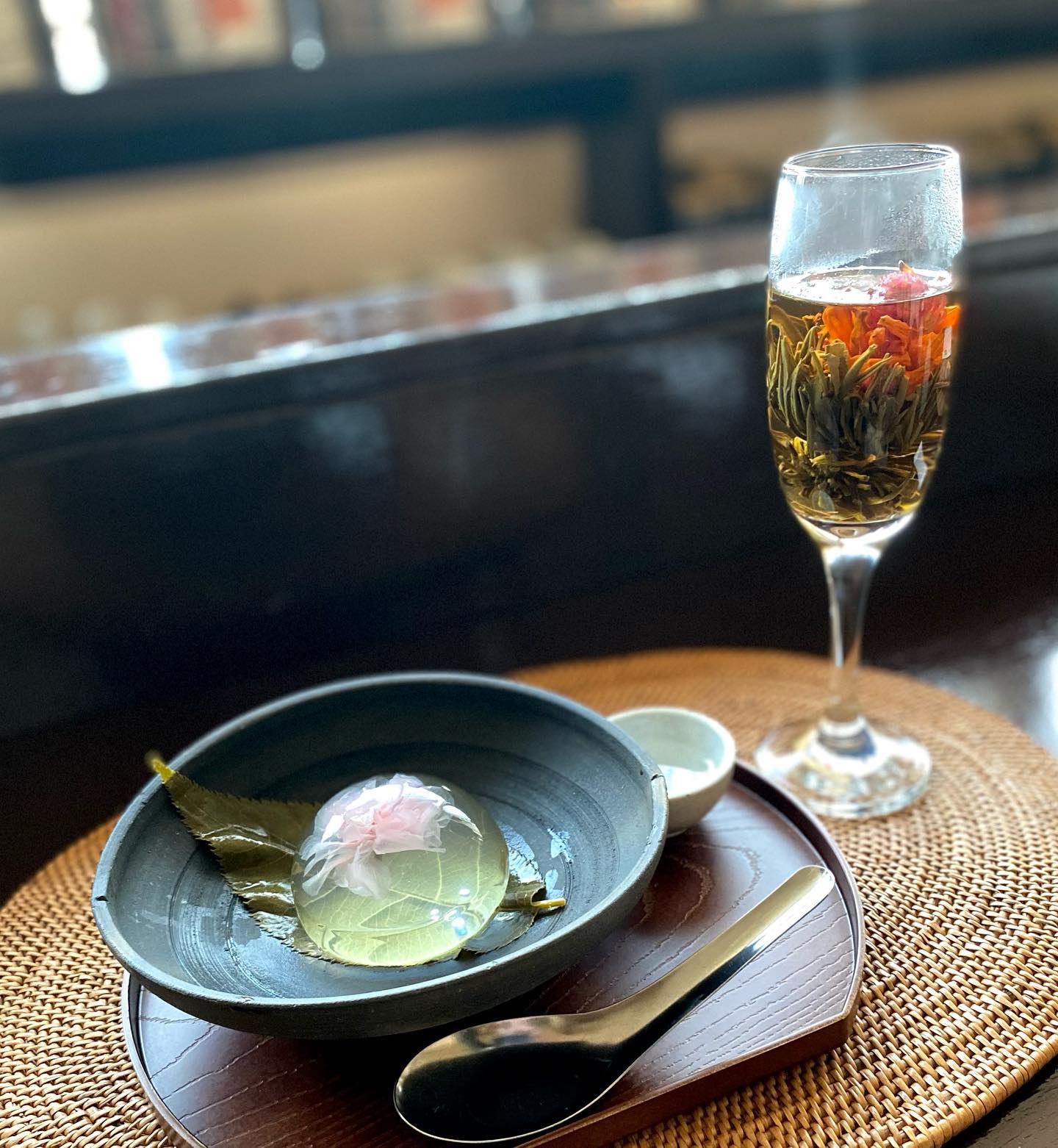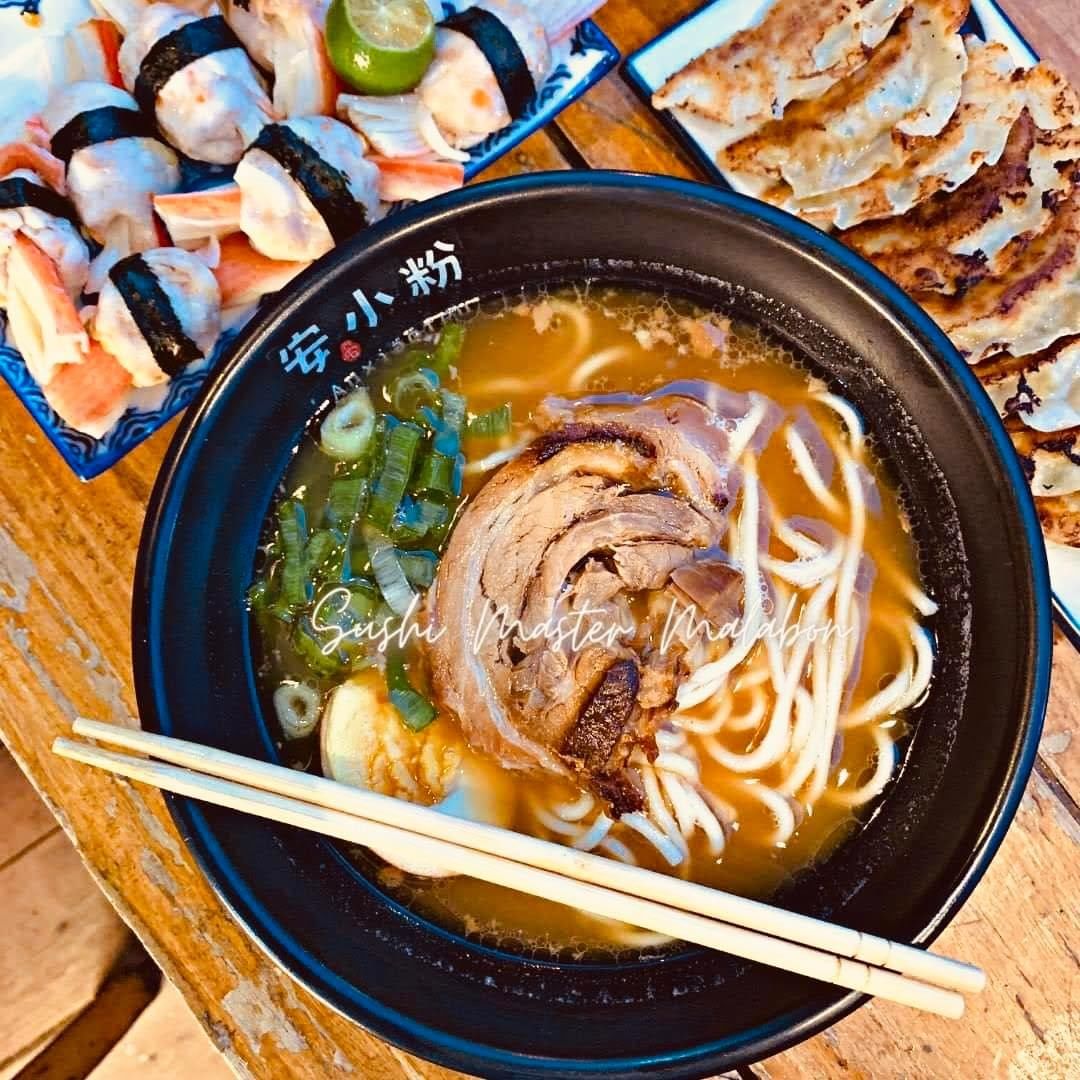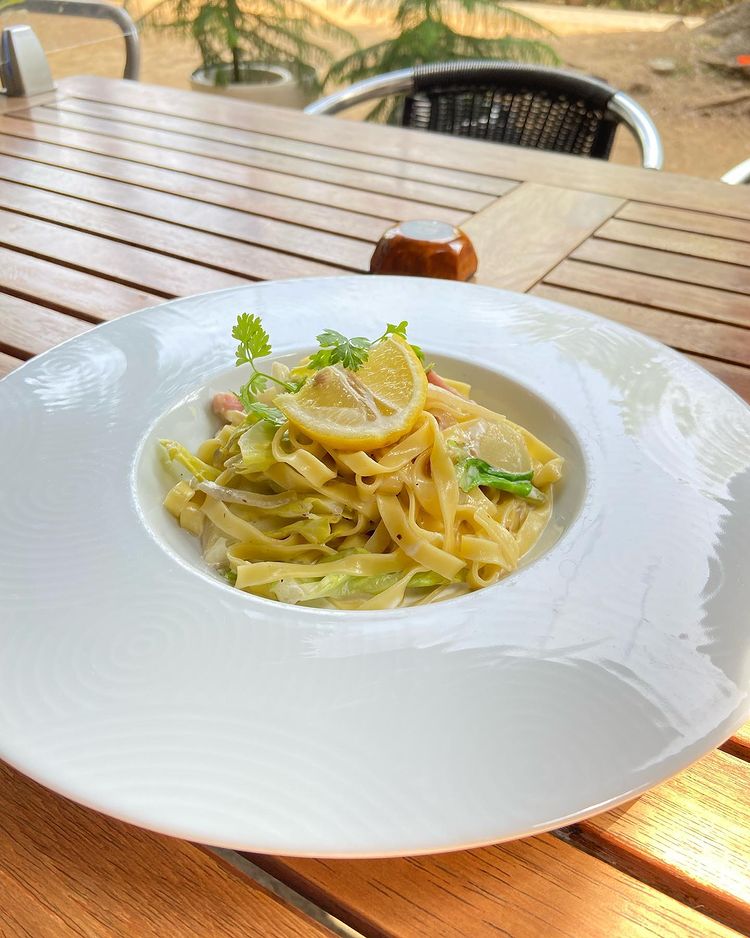The Origins and History of Turkish Coffee
Before espresso machines and cappuccinos, there was Turkish coffee—earthy, bold, and ceremonial. Its story begins in the 16th century, deep in the heart of the Ottoman Empire, where Sufi monks used it to stay alert during long spiritual rituals. Soon, it spread through Ottoman coffeehouses, where poets, philosophers, and rebels debated ideas over small porcelain cups. Turkish coffee isn’t just one of the world’s oldest brewing traditions—it’s a UNESCO-listed cultural heritage, a symbol of patience, hospitality, and storytelling that has shaped generations from Istanbul to the Aegean.
The Cultural Significance of Turkish Coffee
To understand Turkish coffee is to understand coffee culture itself. In Turkish homes, it marks both beginnings and endings—welcoming guests, sealing friendships, and soothing quiet mornings. Unlike modern grab-and-go brews, Turkish coffee demands presence. It invites you to sit, sip slowly, and listen. Every swirl of foam, every trace of ground coffee at the bottom of the cup, is part of a story—your story.
Role in Turkish Weddings
One of the most endearing rituals tied to Turkish coffee takes place during a marriage proposal. The bride-to-be prepares a cup for the groom, sometimes replacing sugar with salt to test his character. If he drinks it politely, regardless of taste, it’s taken as a sign of maturity and patience. This quirky, charming moment reflects how deeply coffee is embedded in Turkish family traditions—as a symbol of grace, strength, and subtle communication.
Essential Equipment for Making Turkish Coffee
Brewing Turkish coffee requires a handful of special tools—simple but elegant.
Choosing a Cezve or Ibrik
At the heart of this ritual is the cezve (also known as ibrik)—a small, long-handled pot traditionally made of copper or brass. It’s designed to brew coffee slowly and create that signature foam. Choose a size that matches your servings; a one-cup cezve makes foam easier to control.
Selecting and Grinding the Coffee Beans
The magic begins with the beans. Classic Turkish coffee uses 100% Arabica beans, chosen for their smooth flavor and subtle bitterness. Go with premium blends like Kurukahveci Mehmet Efendi, or roast your own using a Sana Grain Mill.
The Unique Grind Required
Turkish coffee requires the finest grind of all. Finer than espresso. Finer than sand. You’ll need a Turkish coffee grinder or manual Turkish hand grinder to achieve this powdered texture. Think flour—not grains. The ultra-fine grind is what allows Turkish coffee to be filterless, making the grounds a part of the brew rather than something to be discarded.
Step-by-Step Guide to Making Hot Turkish Coffee
Now, let’s brew a cup the old-world way—with patience, tradition, and reverence.
Measuring Ingredients
For each serving:
- 1 heaping teaspoon of Turkish coffee grounds
- 60–70 ml of cold water (preferably filtered or bottled)
- Sugar to taste:
- Sade (no sugar)
- Az şekerli (low sugar)
- Orta (medium)
- Şekerli (sweet)
Optional: Add a pinch of ground mastic or cardamom for added aroma.
Preparing the Coffee
In your cezve, combine the cold water, ground coffee, and sugar. Stir it before heating to fully dissolve the grounds. From this point forward—no more stirring.
Heating and Stirring Techniques
Place the cezve over low heat. Slowly bring it to temperature. As it heats, you’ll see foam begin to rise. The goal? Never let it boil.
Just before the foam spills over, remove the cezve. Spoon the foam into your Turkish coffee cups, then return the cezve to heat. Repeat this once or twice more. This method creates a rich, thick foam that’s a hallmark of authentic Turkish coffee.
Achieving the Desired Foam
Foam isn’t just a nice touch—it’s a measure of quality. A good Turkish coffee is topped with a golden-brown, velvety crown. It’s the sign of a steady hand, the right coffee-to-water ratio, and respect for the brewing process.
Checkout: Top 5 Coffee Shops in Rhyl
Creating Iced Turkish Coffee
Yes, you can enjoy Turkish coffee cold—without losing its signature depth.
Adjusting the Brewing Process
Make a slightly stronger hot Turkish coffee using less hot water. Then let it cool naturally in a mason jar or pour it over ice cubes. Don’t skip the foam step; brew it traditionally before chilling.
Cooling and Serving Tips
Serve in clear glasses to showcase its inky richness. Sweeten with honey or chilled simple syrup, and for a bold twist, mix with vanilla or orange zest. For texture, shake it briefly in a cocktail shaker.
Checkout: Spiced Brown Sugar Latte
Exploring Flavor Variations
Turkish coffee is flexible. Across cultures—from Greek coffee to Bosnian coffee—flavors shift while the core ritual remains.
Sweet and Spicy Options
Try adding:
- Cardamom for citrusy spice
- Clove for warmth
- Ground mastic for an herbal twist
These additions nod to Byzantine coffee and Levantine traditions, expanding the drink’s flavor profile while maintaining authenticity.
Creamy and Foamy Variations
Though traditional Turkish coffee is dairy-free, some modern versions incorporate milk frothing or plant-based creamer for a creamy texture. It’s not standard, but experimentation is welcome in today’s coffee forums.
Know More: How to Make an Americano Coffee Drink
The Art of Serving Turkish Coffee
How you serve Turkish coffee is just as important as how you brew it.
Traditional Serving Suggestions
Always serve with:
- A glass of drinking water to cleanse the palate
- A small sweet (like lokum or dried fruit)
- Tiny coffee cups, often with ornate metal holders
Presentation is everything. In Turkish culture, how the coffee is offered says more than words ever could.
More About: How to Make Black Coffee
International Adaptations of Turkish Coffee
From the hills of Athens to the streets of Beirut, the ritual has adapted without losing its essence.
Turkish-Style Cold Brew
For a modern-day twist, combine Turkish grinds with cold water and steep in a mason jar for 12–18 hours. This filterless cold brew produces a smooth, complex flavor while honoring the legacy of the original method.
Lucky Cup Reading Traditions
After drinking, turn the coffee cup upside down and let the grounds slide down the inner walls. Wait for them to dry, then flip the cup back up. The resulting shapes are interpreted in Turkish coffee reading—a form of fortune telling as old as the Ottoman courts. It’s not just superstition—it’s art, introspection, and folklore rolled into one.
Read More: How to Operate a Coffee Maker Like a Pro
Turkish coffee isn’t fast. It isn’t automated. And it was never meant to be. It’s slow, thoughtful, and full of flavor—both in taste and meaning. Whether brewed in an old cezve passed down through generations or a modern copper pot from fellow industries, every cup tells a story. All you have to do is listen—and sip.
Frequently Ask Questions (FAQs)
Turkish coffee is unique for its ultra-fine grind, unfiltered brewing method, and ceremonial presentation. It’s brewed slowly in a cezve (ibrik), creating a thick, foamy layer on top. Unlike espresso or drip coffee, the grounds remain in the cup, contributing to a strong flavor and a cultural ritual that includes fortune-telling with the remaining coffee grounds.
No, regular ground coffee is too coarse. Turkish coffee requires a powder-fine grind, finer than espresso. Use a Turkish coffee grinder or a conical burr grinder set to its finest setting. The correct grind is crucial to achieve the rich texture and signature foam.
Traditionally, Arabica beans are used for their smooth and complex flavor. Brands like Kurukahveci Mehmet Efendi are famous for their Turkish-style roast. For a more personalized taste, you can roast and grind your own beans, but ensure they’re finely ground using a Sana Grain Mill or Turkish hand grinder.
Use cold water, don’t stir once it starts heating, and keep the heat low. As the foam rises, remove the coffee pot just before it boils, spoon the foam into the coffee cups, and repeat heating if needed. Foam is a mark of a well-brewed Turkish coffee and should be evenly distributed.
After drinking, the cup is turned upside down on the saucer. Once the Turkish coffee grounds cool and form patterns, a reader interprets the shapes to tell the drinker’s fortune. This centuries-old tradition, known as coffee reading or tasseography, is still practiced today in many Turkish, Greek, and Middle Eastern cultures.





